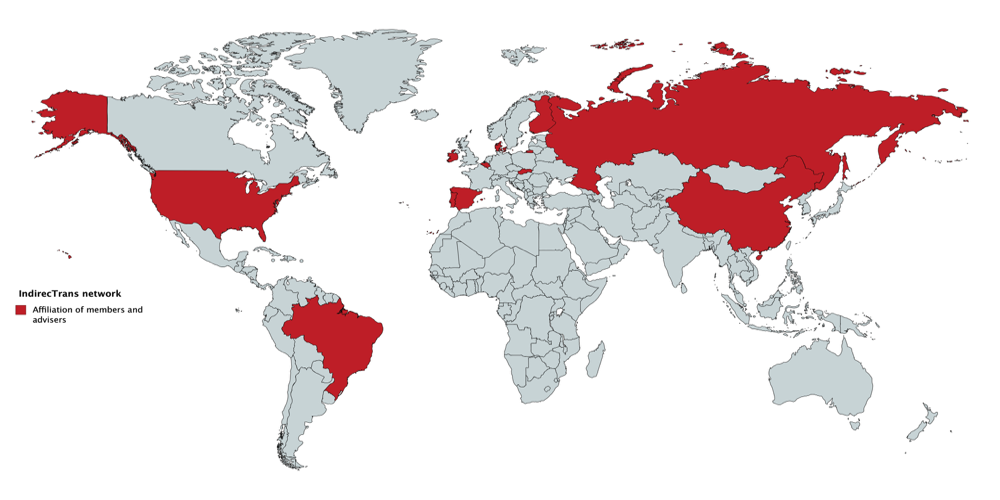
IndirecTrans
Dedicated to bringing together research on indirect translation
Concluded PhD
Congratulations to Dr Preston Atwood, who has just defended his dissertation, “The Role of LXX-Isaiah in the Translation of the Peshitta of Isaiah,” submitted to the University of Wisconsin-Madison (Program in Hebrew Bible). The Committee was composed of Profs. Jeff Beneker and Laura McClure (CANES), Dr. Theo van der Louw (Protestant Theological University, Netherlands), and director Jeremy Hutton.
Thesis abstract:
This project combines the recent theory and methodology of Indirect Translation (ITr) from Translation Studies with traditional Semitic philology to explore the relations between ancient Greek, Aramaic, and Syriac Bible translations. Specifically, ITr theory and methodology are applied to the Syriac Peshiṭta of Isaiah (S-Isa) to identify and explain its alleged relation to the Old Greek of Isaiah (G-Isa). After providing a comprehensive literature review on the study of S-Isa in Chapter 1, the theory and methodology of ITr are laid out in Chapter 2, revealing the limitations of past scholarship on the relation between S- and G-Isa, drawing out ITr’s relevancy to Biblical Studies, and raising theoretical and methodological issues specific to S- and G-Isa that are addressed in later chapters. Chapter 3 applies the first two stages of ITr’s methodology (peritextual/textual analysis and epitextual analysis) to S-Isa, providing refined criteria by which to identify and explain readings unique to S-G and summarizing the cultural, scribal, and socioreligious milieu of the Syriac translator. Chapter 4 comprises a full inventory of S-Isa’s non-literal translation shifts from Isaiah 1. The underlying premise of this chapter is that S-G agreements cannot be properly evaluated unless there is a firm grasp on what constitutes the Syriac translator’s Übersetzungsweise. Chapter 5 examines all the agreements exclusive to S-G that occur in Isaiah 1-5. S-G agreements that have their explanation in common translation technique are simply tagged to the inventory in Chapter 4. All the other agreements are evaluated in commentary-fashion in light of the refined criteria for tracking influence from G-Isa. Chapter 5 also assesses all the significant S-G agreements from Isaiah 6-39 that are noted in the scholarly literature. Chapter 6 concludes by offering an explanatory hypothesis that accounts for the data in Chapters 4 and 5, specifying the kind of indirect relation that obtains between S- and G-Isa.